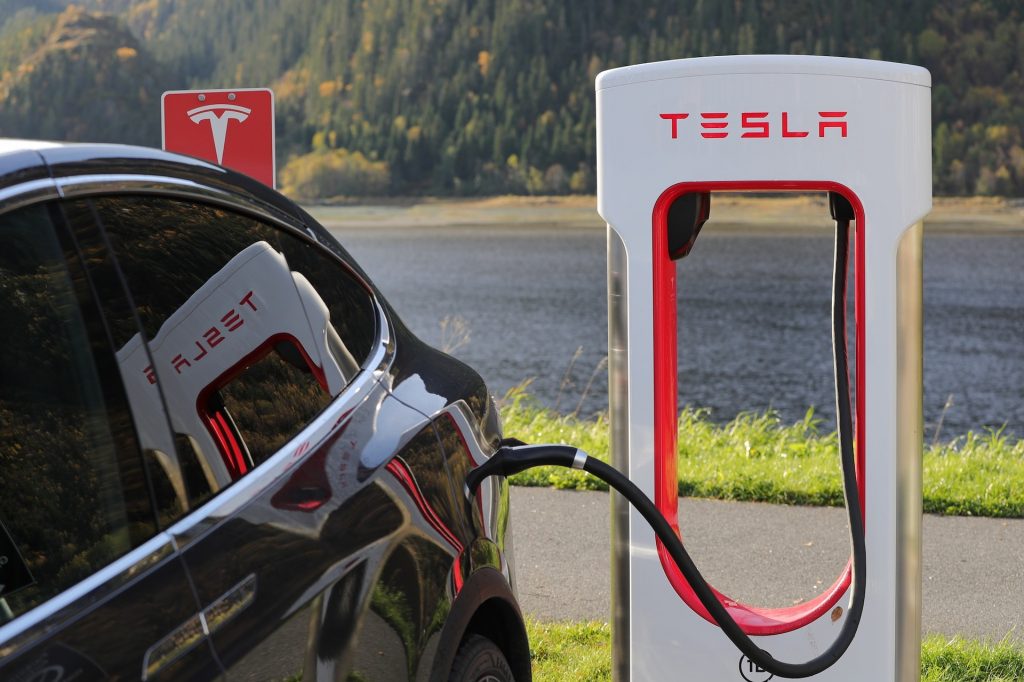Tesla Claims Onboard Computer is Quickest Off the Mark in the Automotive World
4th September 2018Elon Musk said it over two years ago, but it seems Tesla has gone it alone and designed in-house hardware in 2018. Starting with a team of expert chip designers, poached from various companies, the company have set about creating their own chips built specifically to control Tesla’s next generation Autopilot 3.0 system.

A Tesla model 3 charges at a Tesla Supercharger station.
Has Tesla been successful?
Tesla has gone public with the news as Musk announced that Tesla is finalising development of its homegrown silicon. The chip is created with the purpose of running Tesla Motor’s neural networks that are used to perform vision processing in its Autopilot software.
What else?
Tesla is also looking to make the homegrown chip backward compatible with a few tweaks to existing cars. Namely, the engineers are working on a plug-in replacement for the Nvidia Drive PX2 systems are installed on their cars using Autopilot 2.5.
Compared with the Previous Generation
Tesla’s Autopilot 2.0 hardware was powered by Nvidia GPUs. These chips are capable of processing 200 frames per second. Autopilot 3.0, Musk claims, will handle up to 2,000 frames per second, with ‘redundancy and fail-overs’ inbuilt – in Tesla’s words.
Big benefits?
If you’re a current Tesla owner, the backward compatibility will certainly be worth the drive to a Tesla dealer to have your free plug-in swap over. For the rest of us, Tesla’s foray into silicon design means leaps and bounds of progression for automated cars and electric vehicles.
Why?
If an electric car company like Tesla can design hardware in-house, that hardware is guaranteed to be focused solely on the job of automotive computing. Therefore, this means that the chips will not waste energy, space, time and processing power on irrelevant tasks, as current GPUs do because they are built to process multiple programs and applications at once. This boost in efficiency means the chips are able to process vast quantities of data, such as the quoted 2,000 frames per second.
This innovation also sets up electric car manufacturers to save billions in research, development and manufacturing costs in the long run. Over time, these savings are passed down to the consumer, just as they are with petrol-powered cars and home computers.



